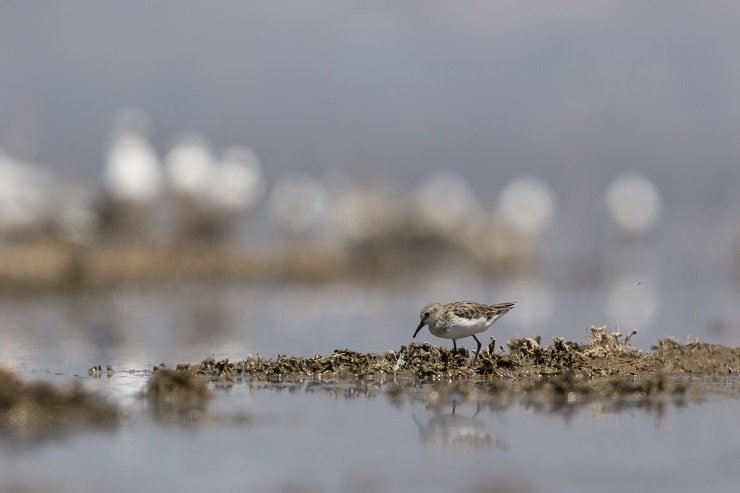
Shorebirds – or “shorbs” for the cuteness factor (as if that needed any enhancement) – remain one of the most fascinating families of birds for me. There is something about the challenge in identification, the mysticism of the more you look, the more you see. Add to that their incredulous migration facilitated by physiological capabilities we can barely imagine. The majority of shorebirds occupy the transient habitat between wet and dry. They know how to find food for themselves only a few moments after emerging from their egg, and then likely produce a special protein which allows them to harness quantum entanglement for global navigation. There is still so much to learn!
It seems like ages ago and almost a completely foreign concept, but once upon a time we used to travel for birding! I had the good fortune to visit Lake Nakuru in Kenya in 2019, one of the high elevation rift valley soda lakes. While I was anxious to get to the lake itself, after entering the park at sunrise we were distracted by every possible creature. Obliging species like Grey-headed Kingfisher, Long-crested Eagle, and even a pair of Greater Blue-eared Starlings ensured we didn’t get anywhere quickly. By the time we arrived at lakeshore, we were hungry and the sun was overhead.
Needless to say, I was still overwhelmed by the presence of numerous species of shorebirds I hadn’t previously seen. Every species was a new species – and it didn’t matter that the light wasn’t matching my usual aesthetic.
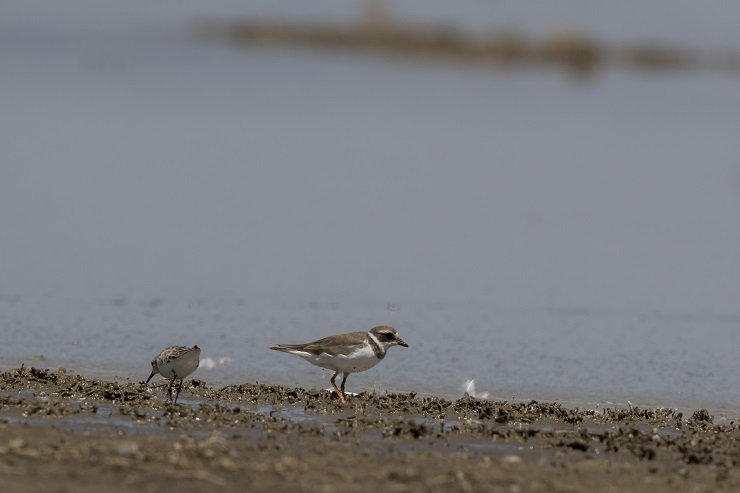
Many of them resembled birds I was familiar with, like this Common Ringed Plover.
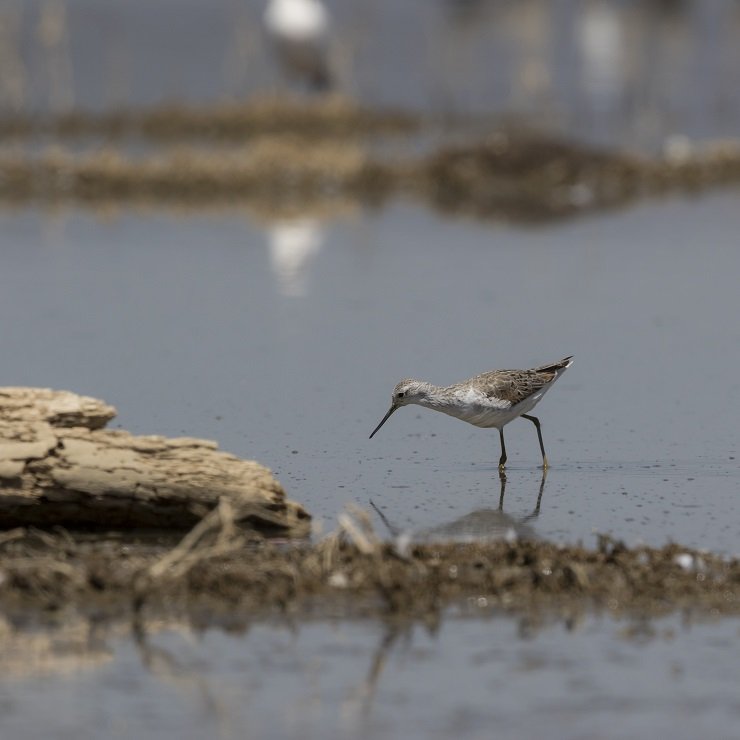
I had to erase all notions of yellowlegs in my mental space to make room for this Marsh Sandpiper.
There were many other species around this prolific area. The timeless, primeval setting truly swept me off my feet. I would love to spend a night at this lake to experience the magic of twilight here – but there are many other animals which frequent this area that can materialize at any moment. In fact, a herd of Cape Buffalo spotted us on the shore here and began gradually moving closer. Our guide wisely extracted us after noticing this – the temperamental buffalo are known for edging closer and closer until suddenly we would be the ones within their personal space and therefore deserving of an angry charge.
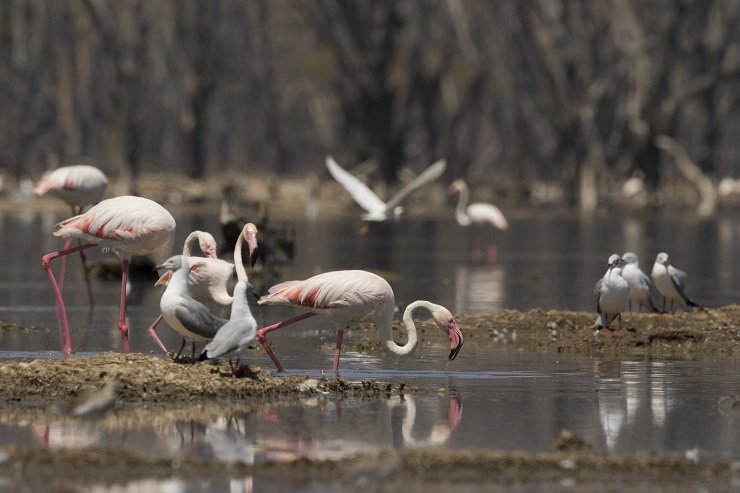
Sometimes I felt spoiled for choice – there were simply too many birds in too wide a space for my poor island brain. Here, Greater Flamingos and Grey-headed Gulls formed the majority of the birdlife.
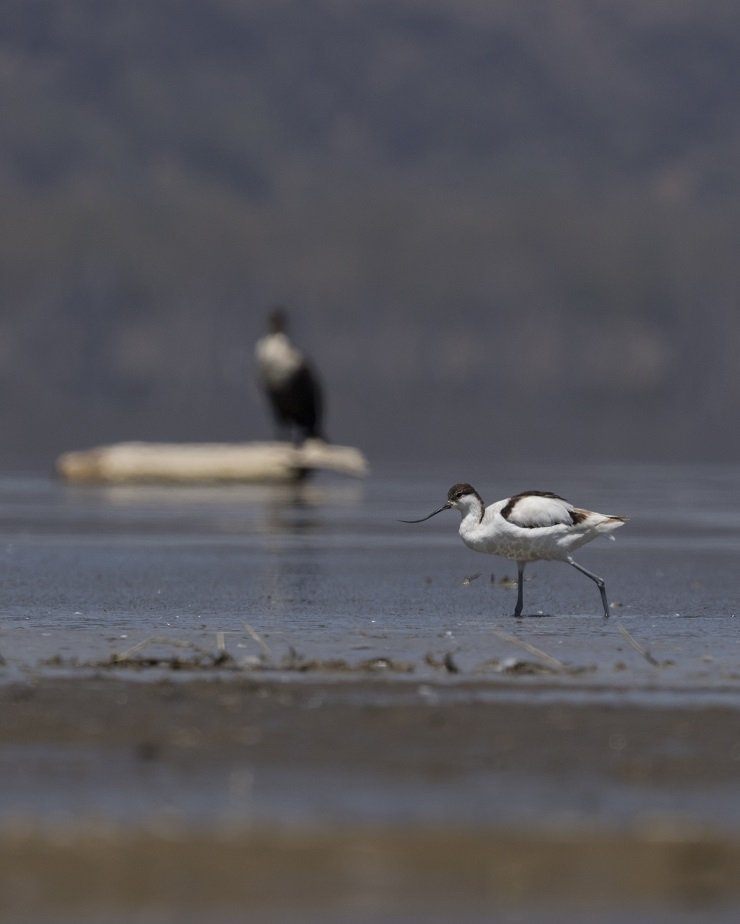
This Pied Avocet was the first avocet I ever laid eyes on, and the memory of it swishing that unique bill from side to side, skimming across the surface for insects remains emblazoned in my (patchy) memory.
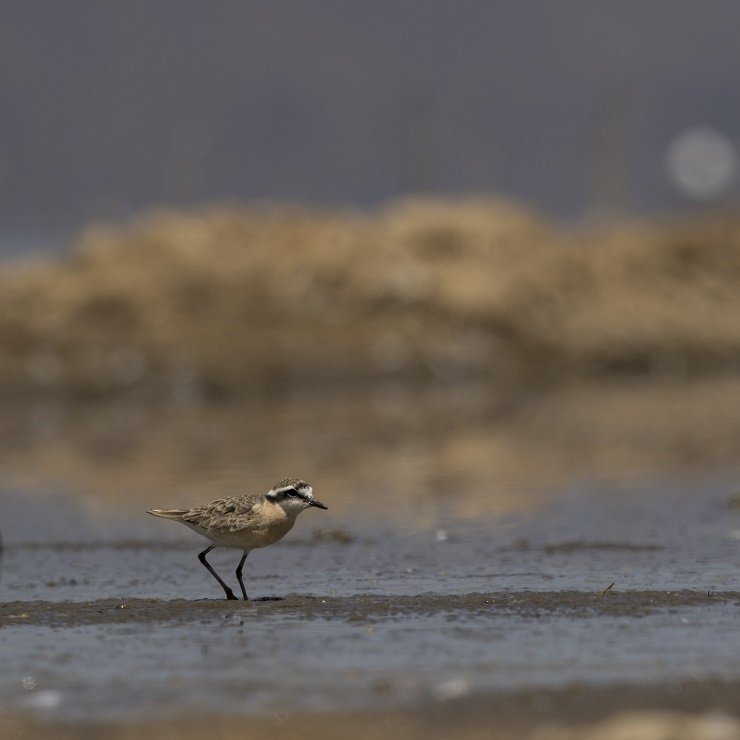
Several richly patterned Kittlitz’s Plovers caught my eye.

Much recalling another tiny shorebird from the western hemisphere, this Little Stint had black, not yellow, legs.
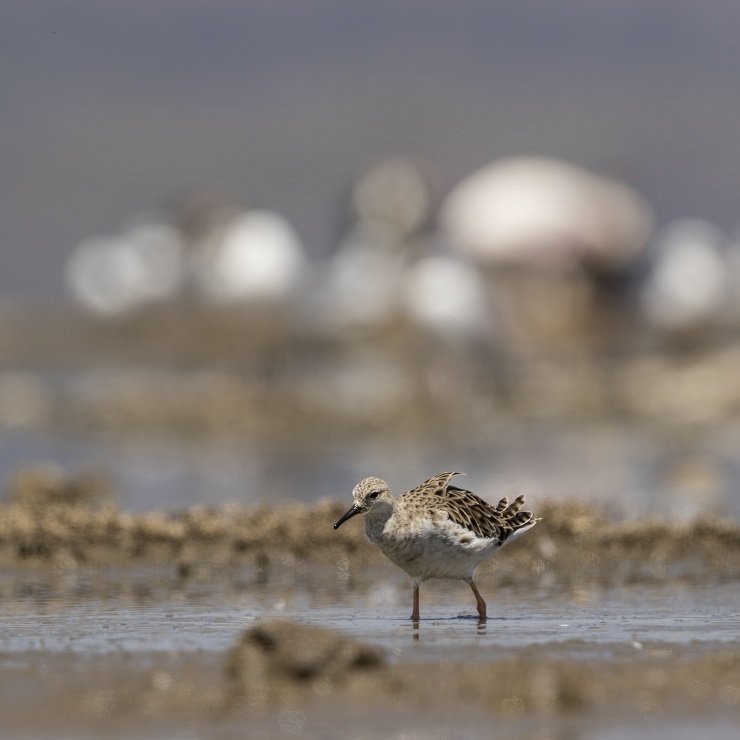
A unique shorebird in many respects, each Ruff was different from the next.
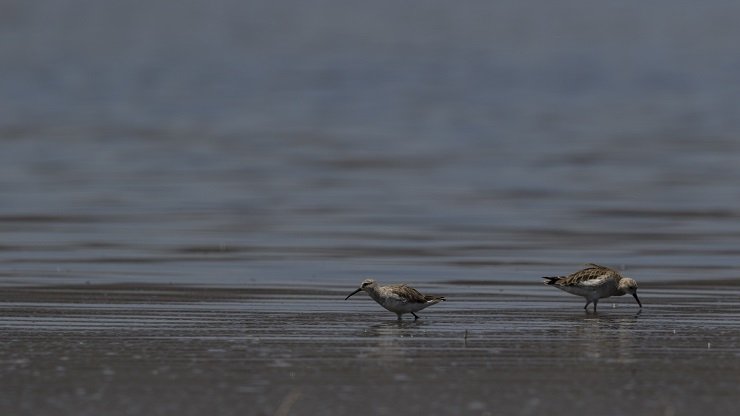
The first post I ever prepared for this blog centred around a search for a vagrant Curlew Sandpiper here in my native Trinidad. After dipping on that mega-rarity not once but twice, it was refreshing to finally be able to see a Curlew Sandpiper (pictured here next to a larger Ruff) as I lay prone in the soft mud.
I hope you enjoyed these memories, I understand that not everyone is as enthusiastic about shorebirds as I am, but hey – I wouldn’t be true to myself if I allow too much time to pass without some mention of my beloved shorbs!













Excellent.